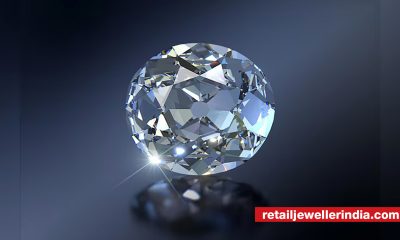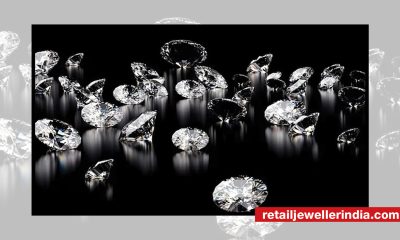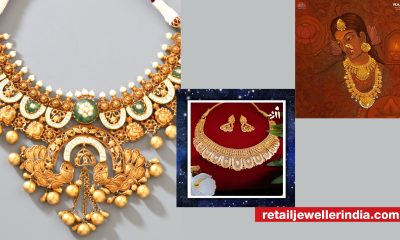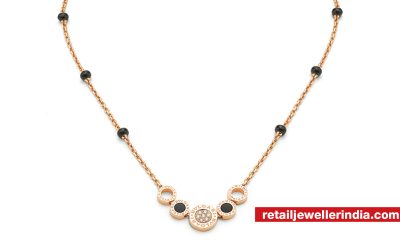Prime Story
Tier-II & III cities helping diamond industry regain sparkle

By Suneeta Kaul
The COVID-19 pandemic, which devastated the economy and disrupted almost all sectors, literally took the shine out of India’s $ 24-billion diamond industry. All activities — cutting, polishing, trading, — came to a standstill when the Centre announced a 21-day lockdown on March 24 this year. The subsequent lockdowns severely impacted supply lines, and retail activity practically stopped. Besides, several events, shows and exhibitions had to be cancelled, or postponed, resulting in major losses for the industry.
However, by the end of May, things started to look up as the lockdown was gradually lifted and retail outlets began to open. The southern markets, particularly, witnessed pent-up demand, but the revival was not smooth owing to localized lockdowns imposed in various cities in June and July. Since then, demand has again picked up, albeit gradually, and, interestingly, it is Tier-2 cities that are leading the revival of the diamond industry, rather than the metros and Tier-1 cities.
Diamond demand in Tier-2 cities — Small towns, big sales

The diamond business witnessed zero sales from the second week of March to early May, but retail activity started picking up once the markets opened, with smaller cities and towns accounting for much of the demand. Diamantaires and retailers point out to several reasons for this phenomenon. Says Mohit Anand, Director, Harsahaimal Shiamlal Jewellers (HSL), Bareilly, Uttar Pradesh, “Tier-2 cities have been the front-runners in the revival of the diamond industry. The pandemic, and the resultant lockdown, affected the bigger cities first; the smaller cities and towns were not impacted so much. And as the virus persisted, travel restrictions became the norm. As a result, well-to-do people, who would earlier fly to big cities, such as Delhi and Jaipur, or whichever metro was near to them, for their jewellery shopping were forced to explore local retailers and shop locally. Accordingly, sales started picking up in smaller towns first.”

Vadodara-based Siddhant Mandaliya, Director, CH Jewellers Pvt Ltd, has a similar story to tell. “The pandemic hit the densely populated bigger cities the most. In the initial stages, smaller towns did not really feel the pinch. When the economy was partially opened in early June, Mumbai was still under a lockdown, but sales started picking up in non-metros. In fact, June and July were good months for us. We expected our sales to be 10% to 20% of what they used to be, but we did much better than our own expectations with 70% of our normal sales. Our footfall to sales conversion ratio was as high as 95%.”

Retailers in Tier-2 cities also cite the fear of travelling long distances as a reason for higher demand in smaller towns. Additionally, they point out that many people have returned from bigger cities to their hometowns, and are working from home, as well as shopping in these smaller cities and towns. And this includes shopping for jewellery. Says Sahil Asija, Proprietor, Vishal Jewels, which is based out of Fatehabad in Haryana, “Earlier, prosperous families would go to Delhi to do their wedding shopping. Now, because of the fear of travelling, they are avoiding going too far, preferring to shop in local markets. Plus, many professionals have gone back home to smaller towns, and are doing their jewellery shopping locally.”
Lack of spending avenues, high gold prices also causative factors
As a result of the strict lockdowns and a curfew-like situation, virtually all entertainment activity came to a grinding halt, and people ended up with large amounts of unspent money. Even when the economy opened up a bit, only essential services started functioning, with malls, multiplexes, cinema halls, amusement parks, and so forth, remaining off limits. In such a scenario, expensive jewellery seemed to be the only exciting option for people with funds, especially in Tier-2 cities and small towns.

Sharing her thoughts, Keerthana Grandhi, Director, Vaibhav Jewellers, Vishakhapatnam, says, “Economic activity declined big time because of the pandemic, and the demand for luxury items, such as diamonds, shrank by nearly 70%, year-on-year, by the second quarter of 2020. By the time the economy started opening gradually, people in Tier-2 cities had been largely away from big ceremonies, weddings, travel, and other entertainment avenues, resulting in the accumulation of disposable income. They are now choosing to spend this on jewellery, and that includes diamonds.”

Some retailers believe that the rising price of gold has a lot to do with the demand upsurge for diamonds in smaller cities and towns. Says AVR Siddhanth, Director, AVR Swarna Mahal, based out of Salem in Tamil Nadu, “Smaller towns and Tier-2 cities are in the forefront of the recovery of the diamond sector, rather than the Tier-1 cities and mega cities. The main reason for this phenomenon is the gold rate. During this pandemic, prices of gold have sky-rocketed. As a result, people are showing a marked preference for diamond jewellery due to its efficient price point, compared to the usual plain gold jewellery. There has been a surge demand of 50% to 70% in smaller towns and Tier-2 cities, compared to what it used to be during the pre-COVID days. The Tier-1 cities and the state capitals have witnessed only 40%-50% recovery rate.”
Rising aspirations in smaller cities
The raging pandemic has brought about a tectonic shift in buying behaviour, with entire communities behaving differently, investing differently and purchasing differently. Prosperous families in Tier-2 cities are at an inflection point, and are spending their accumulated, unspent funds on aspirational products, rather than locking them in ‘safe’ investments.
Says a Trivandrum-based jewellery retailer, who does not want to be identified, “People are not able to spend on recreational activities; they have very limited options to park their accumulated funds. While this is true of both Tier-1 cities and Tier-2 cities, prosperous families in the former do not really have to prove anything. They may or may not spend right now. But Tier-2 cities are taking this opportunity to make an announcement, be more aspirational and switch to diamonds, giving the go-by to gold. This is an important reason why we see demand for diamonds going up in smaller cities.”
Agrees Anand, “When you start buying diamonds, and stop buying gold, you have arrived. Gold is mostly about investment, diamonds are about achievement. The perceived social value of diamonds is far greater than that of gold. A diamond signifies power, it has elation value.”
This augurs well for the diamond industry, and with the COVID situation still not improving, and talk of fresh localized lockdowns doing the rounds, there might be an even bigger opportunity for the sector. Sharing his viewpoint, Asija says, “A diamond has to be sold, it does not sell itself, like gold does. Diamonds are a status symbol; they are something people buy, in addition to gold. You upgrade to diamonds, and people in smaller cities are doing just that — upgrading to diamonds.”
While it is still early days, but with Diwali and a wedding season round the corner, and smaller towns placing their bet on gem stones, the diamond industry might just have re-discovered its sparkle in these COVID times.
Courtesy: Retail Jeweller India News Service.

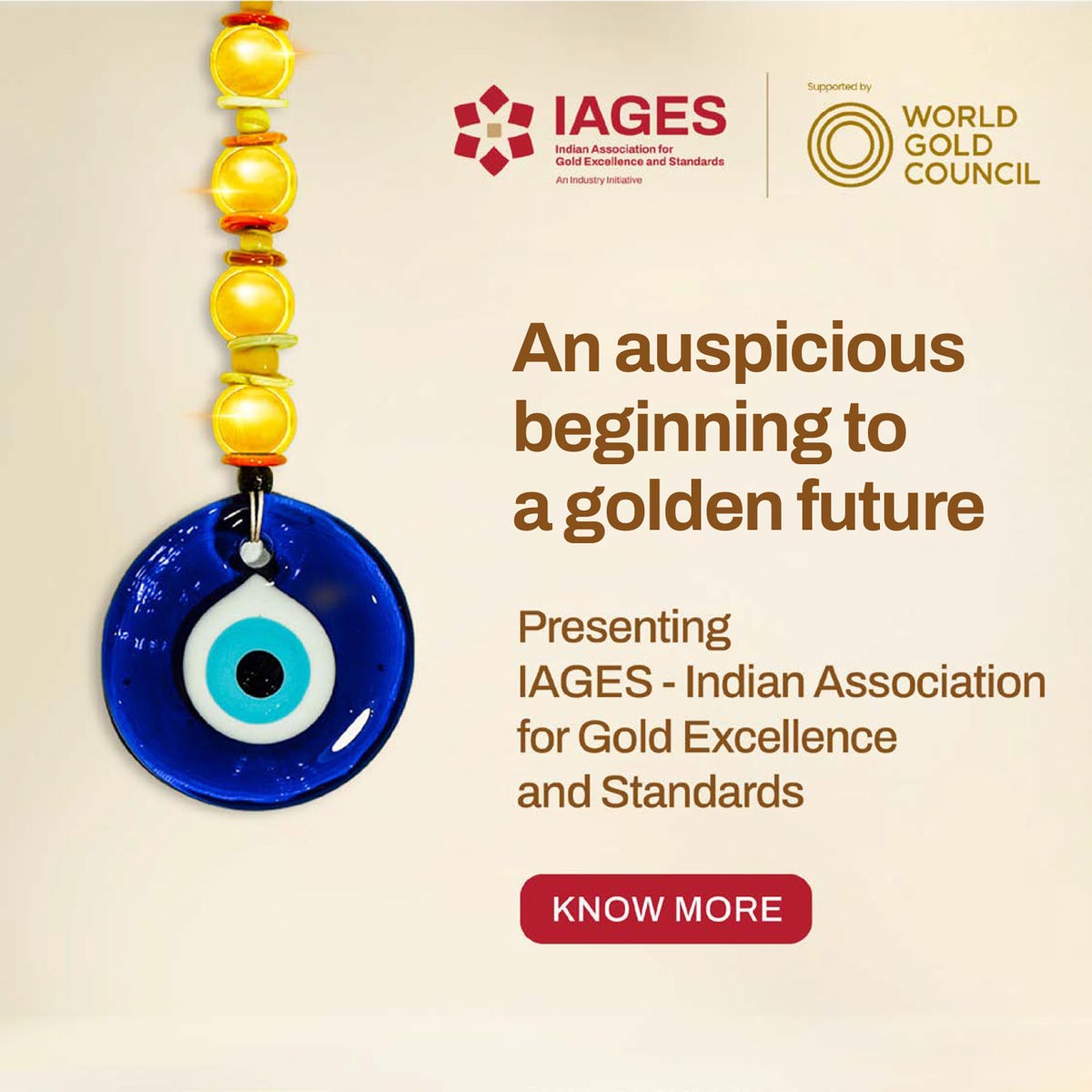
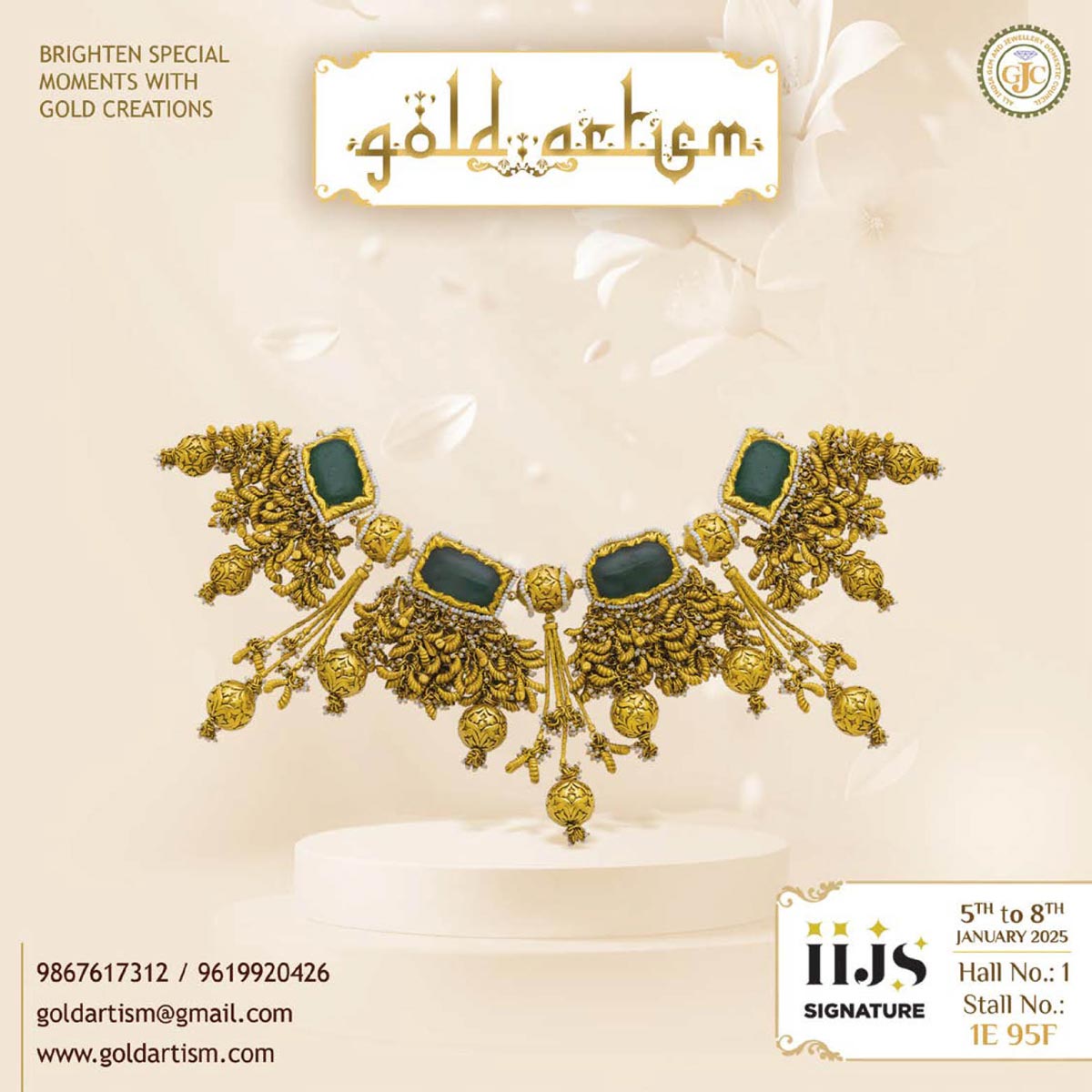

 Daily News2 months ago
Daily News2 months agoBvlgari adds designs to its pathbreaking mangalsutra collection ahead of wedding season

 Daily News1 month ago
Daily News1 month agoTrent, a TATA subsidiary, launches lab-grown diamond brand ‘Pome,’ shares surge 7.67%

 Daily News1 week ago
Daily News1 week agoMalabar Gold & Diamonds launches ‘Heritage Show’ in Mangalore, featuring jewellery inspired by Maharanis

 Daily News3 weeks ago
Daily News3 weeks agoSavji Dholakia’s visionary water conservation project ‘Bharatmata Sarovar’ reinforces commitment to sustainability




